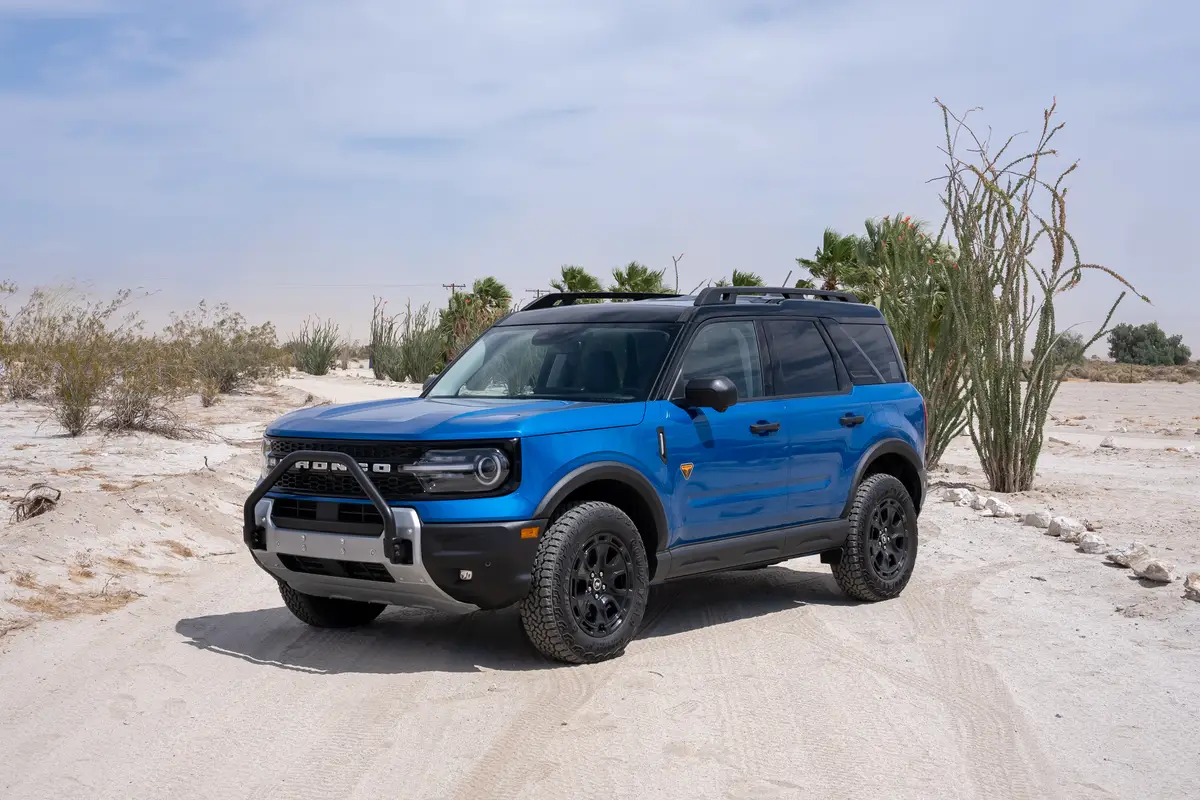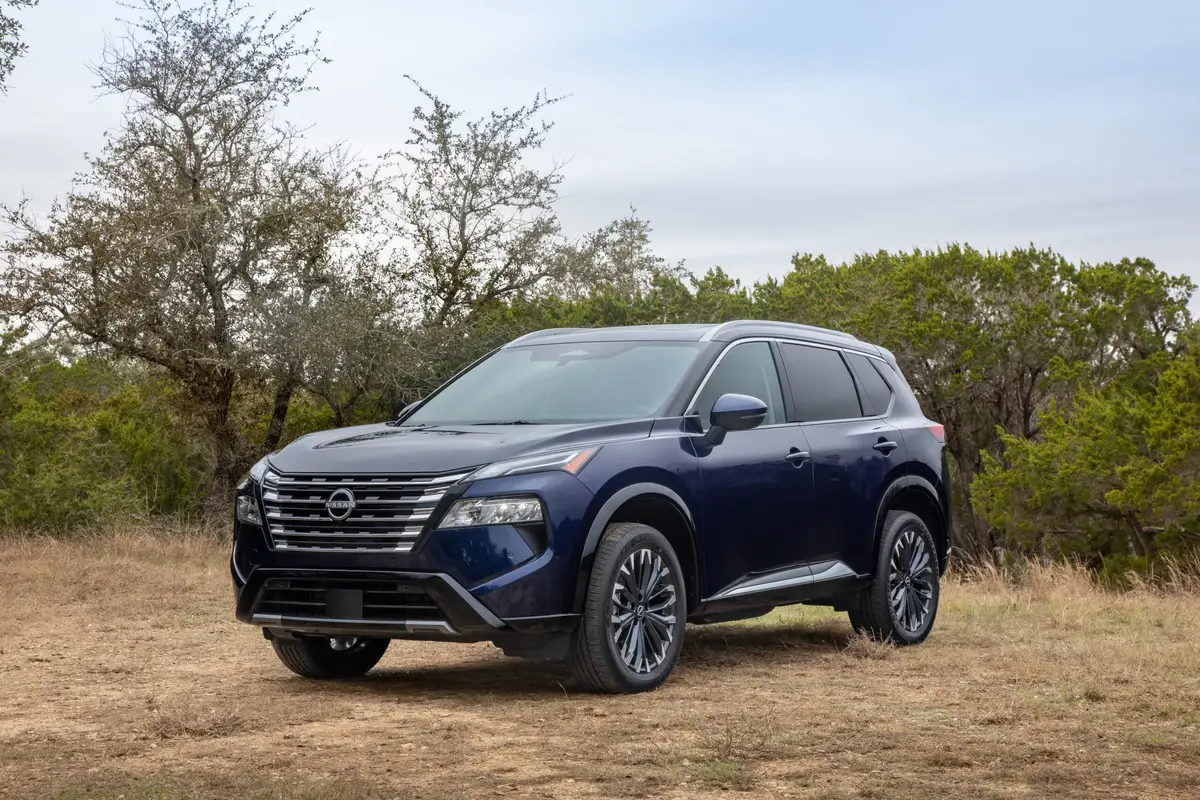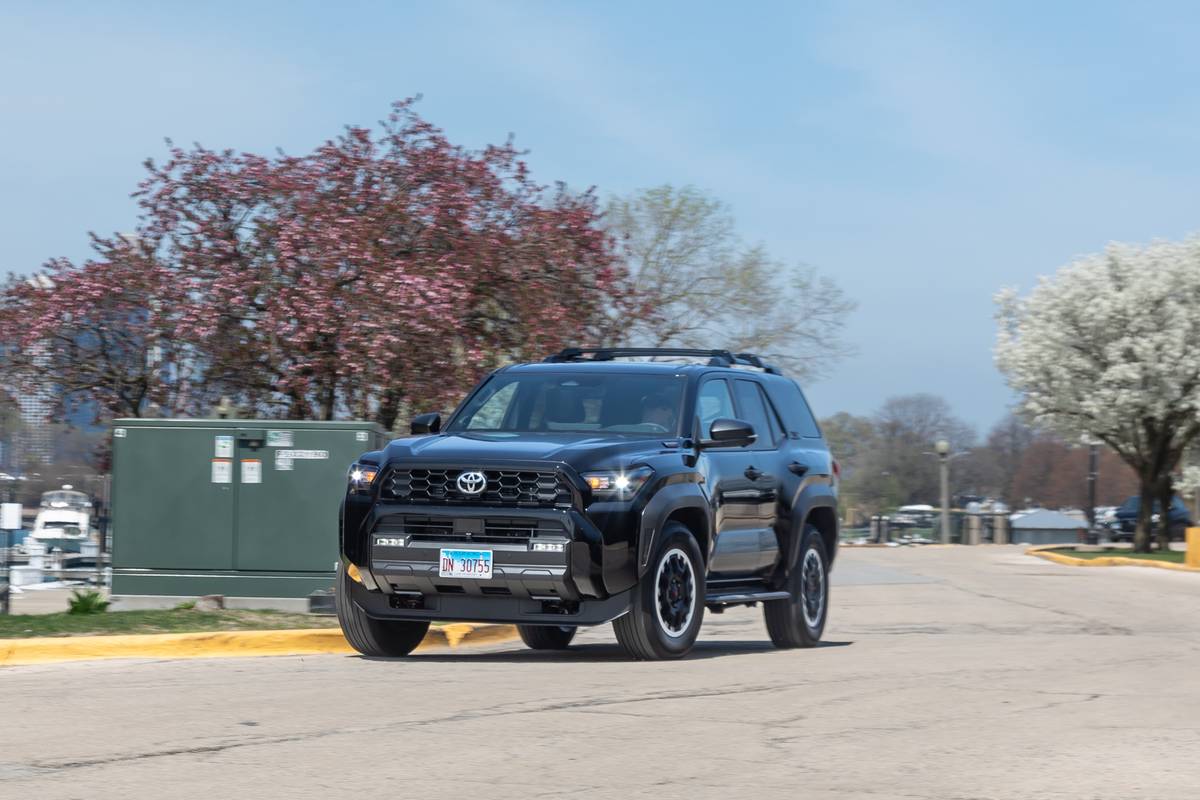Star-Telegram.com's view
Dealers desperate for new product have pressured Mitsubishi to bring out its all-new, 2006 Eclipse sport coupe several weeks ahead of schedule.
The cars, which have been in production since April at the company’s plant in Normal, Ill., are now arriving at dealerships, where eager Eclipse fans already are gobbling them up.
Although Mitsubishi’s recent financial woes have been widely publicized, this is not a company that’s going away, and the completely redesigned Eclipse serves to underscore that message.
While the automotive business of this Japanese company has had its ups and downs, and is currently very much on a downer, the parent company is quite healthy — and wealthy — and is not about to let its automotive subsidiary fail.
And even though the company has had its problems, and sales are off significantly this year, particularly in North America, there really is nothing wrong with the vehicles Mitsubishi makes. They’re among the best-engineered, most-reliable cars on the market, even if some of them are getting a bit long in the tooth because of delays in updating them that can be traced to the company’s recent financial performance.
With the introduction of the all-new Eclipse — which has virtually nothing but its name in common with the previous Eclipse — Mitsubishi announces loudly and clearly that it is here to stay, both worldwide and in the North American market. The Eclipse is the brand’s bread-and-butter U.S. product, and has long had a large and loyal following of consumers.
As it officially went on sale May 19, the new Eclipse carried a starting price of $19,399 for the base GS model — $300 less than the model it replaced, yet carrying more standard equipment, the company said.
“Feedback and reactions from dealers and consumers about the new Eclipse has been overwhelmingly positive,” Dave Schembri, executive vice president of sales and marketing for Mitsubishi Motors North America, said in a news release announcing the stepped-up launch of the new Eclipse. “Since our production ramp-up has been virtually flawless, we saw no reason to hold back on deliveries of this fabulous new car to showrooms. And the dealers are ecstatic.”
The company said it plans to increase production of the new Eclipses to 1,000 each week by the end of the summer to meet strong initial customer demand, up from the 760 a week it is building now, according to a recent report in the industry weekly Automotive News.
This newest generation of the Eclipse is one of three all-new products the company will roll out over the next year for the North American market. Also coming is a midsize pickup based on the Dodge Dakota, and
As before, the 2006 Eclipse is billed as a two-door sport coupe, although it’s technically a three-door hatchback. There is seating for four, as in the past, and lots of emphasis on styling and features that should appeal to the young consumers who traditionally embrace Eclipse models.
The base GS model comes with a 2.4-liter four-cylinder engine rated at 162 horsepower and 162 foot-pounds of torque. It uses Mitsubishi’s “innovative valve timing and lift electronic control” technology. A five-speed manual transmission is standard, while a four-speed Sportronic automatic is a $900 option.
For performance addicts, of course there is the Eclipse GT, just as before. Lurking under the hood is a 3.8-liter V-6 engine, rated at 263 horspeower and 260 foot-pounds of torque. In keeping with its performance mission, the GT comes with a six-speed manual transmission. The base price for the GT is $23,699, and an optional five-speed Sportronic transmission is offered for an additional $900. Neither the five-speed automatic nor the six-speed manual is offered on the GS, however.
I have driven only the GT model, and found it to be a great improvement over an already very good car. Handling is more sportscarlike than ever, and the V-6 engine has awesome power.
The styling has changed significantly, and is rather stunning. The car does still look like an Eclipse, though, which is a good thing. Styling has always been one of its strong points.
In media materials the company released in connection with the launch program, it said that among other things, the base model includes standard four-wheel disc antilock brakes, front seat-mounted side-impact air bags, front side-curtain air bags and larger alloy wheels, none of which was standard on the 2005 model.
Other standard equipment on the base model includes air conditioning, power windows and door locks with remote control, cruise control, engine immobilizer anti-theft system, AM/FM/compact-disc audio system with MP3 playback and six speakers, split-folding rear seatback, floor mats, 17-inch alloy wheels, 225/50R17 tires, rear-window defroster and a rear spoiler.
The antilock braking system includes the new electronic brake-force distribution system that is becoming standard throughout the industry.
GT models come with even more (besides the V-6 engine and six-speed gearbox), including traction control, ventilated rear brakes, a front strut-tower bar, and fog lights. Options include a “sun and sound” package for the GS ($1,500 extra), which adds a power sunroof; a 650-watt Rockford Fosgate audio system with nine speakers (including a 10-inch subwoofer), a six-disc in-dash CD changer, and steering wheel audio controls; an auto-dimming rearview mirror; and compass and temperature readings in the center display.
To further dress-up the GT, a “premium sport” package ($3,270) adds everything in the GS sun and sound package, plus automatic climate control, heated leather front seats, six-way power driver’s seat, alloy pedals, 18-inch alloy wheels with 235/45R18 tires, and heated side mirrors.
An accessory option package ($270) is available for either model, and tacks on an alloy fuel door, wheel locks, cargo net, cargo floor mat and sport floor mats.
The car is 179.7 inches long, which is 3.1 inches longer than the ’05 model; wheelbase is 101.4 inches, a half-inch longer than before. The new model is 72.2 inches wide and 53.5 inches high (53.8 inches with 18-inch tires), compared with 68.9 inches wide and 51.6 or 52.8 inches high before.
Cargo capacity is 15.7 cubic feet, which is down slightly from the 2005 model’s 16.9 cubic feet.
Curb weight for the base GS manual model is 3,274 pounds (without optional equipment), up from 2,910 before. For the GT, base curb weight is 3,472 pounds, up from 3,329.
No convertible model has been rolled out yet; a convertible was offered for the 2005 model year.
Competitors for the Eclipse include the Acura RSX, Ford Mustang, Hyundai Tiberon, and even the Toyota Scion tC.
This is the fourth generation of the Eclipse, but Mitsubishi says it is the first one to be based on a chassis platform that was “designed and built expressly for the North American market.”
G. Chambers Williams III is staff automotive columnist for the San Antonio Express-News and former transportation writer for the Star-Telegram. His automotive columns have appeared regularly in the Star-Telegram since 1995. Contact him at (210) 250-3236; chambers@star-telegram.com.
Latest news


10 Biggest News Stories of the Week: Nissan Rogue Does Best; Hyundai Palisade, Subaru Outback FTW

